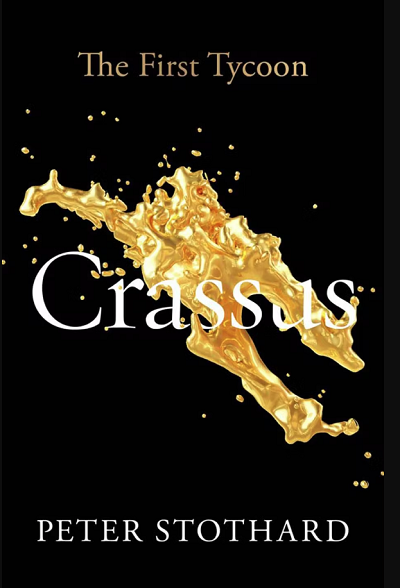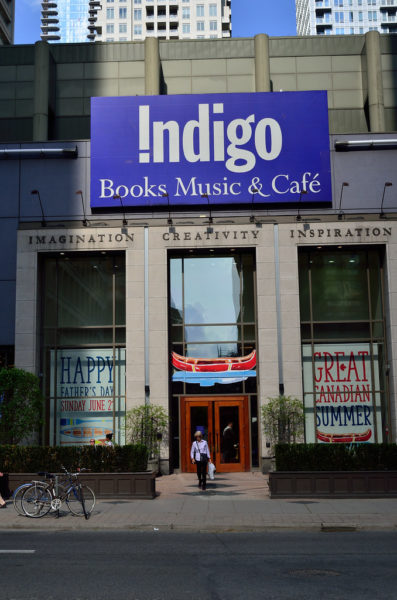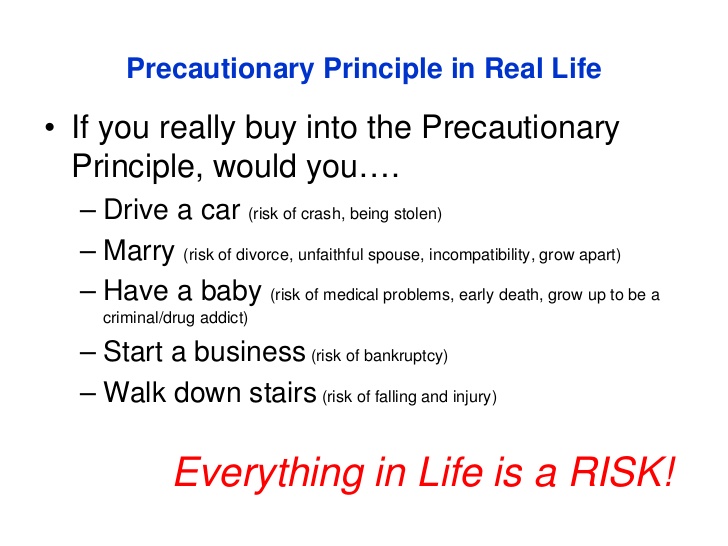Matt Gurney posted a series of tweets about his recent subway experiences in Toronto:
I rode the TTC three times today. Once to downtown from my home in midtown. Once within downtown to a different place. And then home from downtown.
On two of those three rides, there was someone having a very obvious mental-health crisis on the vehicle with us.
The first one was a young man who clapped his hands over his ears and shrieked incoherently at random intervals. And then he got off.
The second, an older man sat in a chair and screamed nonsense constantly for ten stops. Maybe more. That’s just when I got off.
I’m working on a bigger piece for later so I’ll save any complex thoughts and big conclusions for then. But there was something interesting I noticed today. I’m a regular TTC rider. Not daily but frequent. And for the first time today, I’m noticing gallows humour and planning.
“Good luck to everyone,” cracked one guy. There was laughter. Everyone knew what he meant.
But I’m also seeing little groups of strangers agreeing to each keep watch on one direction or another. Sometimes also joking about it.
None of this is funny, but my gut tells me that if Torotonians are now so thoroughly convinced that riding the TTC is so risky that it’s worth a dark joke, any politician who reacts to the next unprovoked attack or murder with a proposal for a national summit is gonna get smoked.
I like the TTC. I have great access to it. It’s super convenient and affordable. It’s a huge asset for me. I have token cufflinks. I’m a fan, is what I’m saying.
I’m now at the point where I’d think twice before taking my kids on it. And we used to ride it just to kill the time.
My son used to stand on the couch in our living room looking out the window counting buses as they went by, loudly shouting to announce each one. Getting to go on a bus or subway or a streetcar was an event for him. My daughter, maybe a bit less excited. Still loved it.
Ah man.
Anyway. I hope tomorrow is better.
Update: You might think the increased concern over using the TTC might be merely a bit of confirmation bias informed by recent reporting, but apparently the situation is serious enough that Toronto Police will be stepping up their presence on the system.














